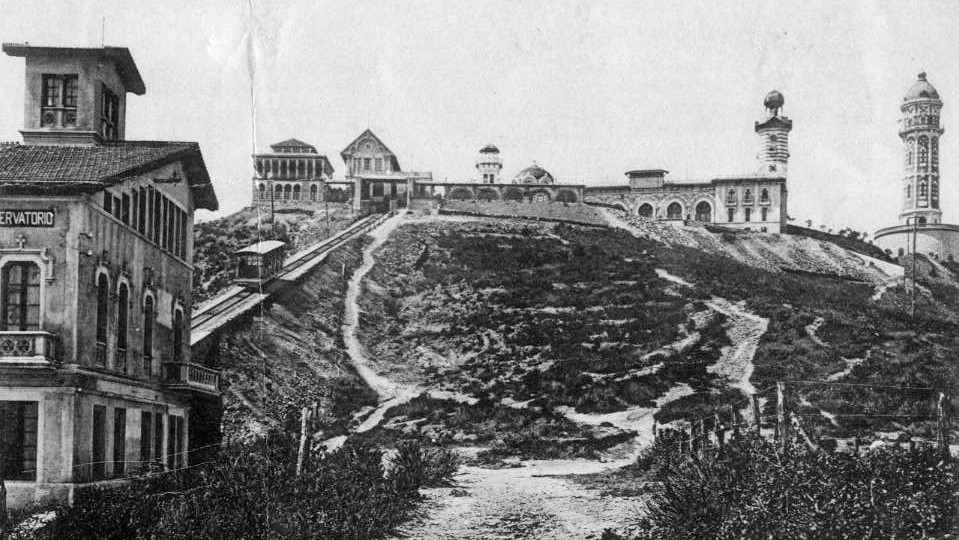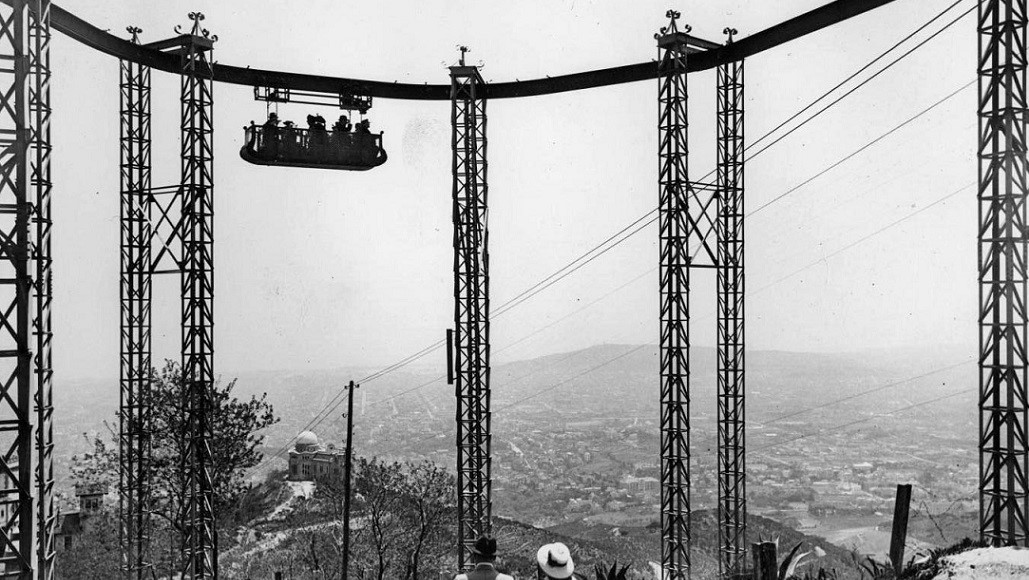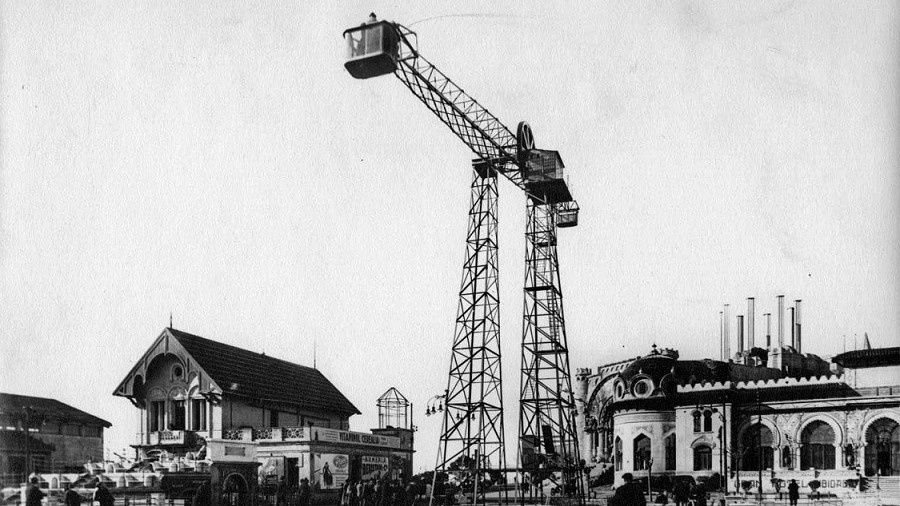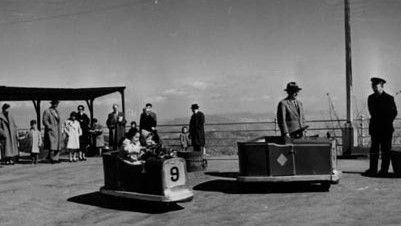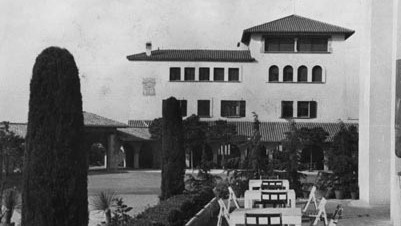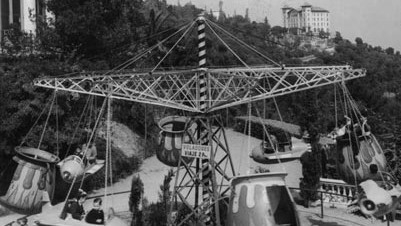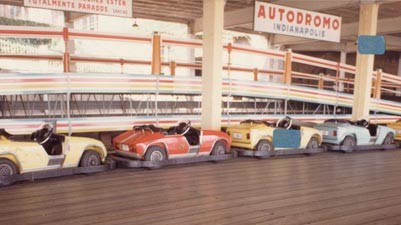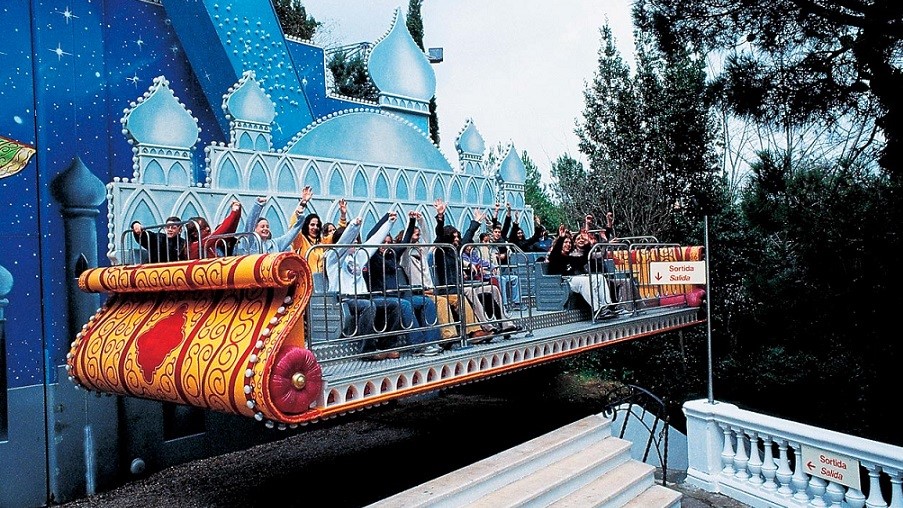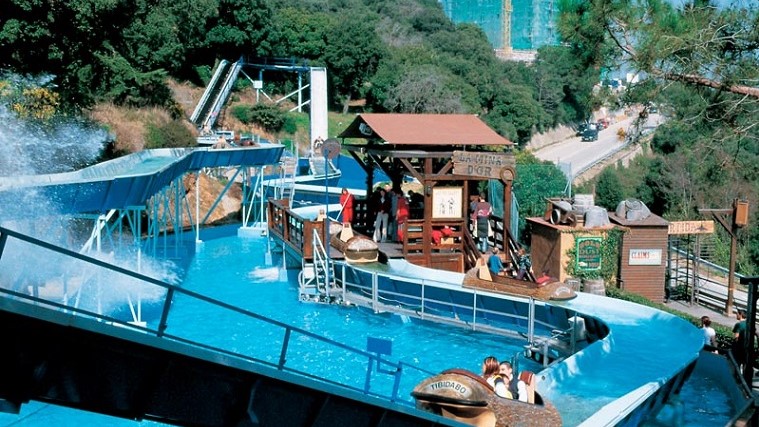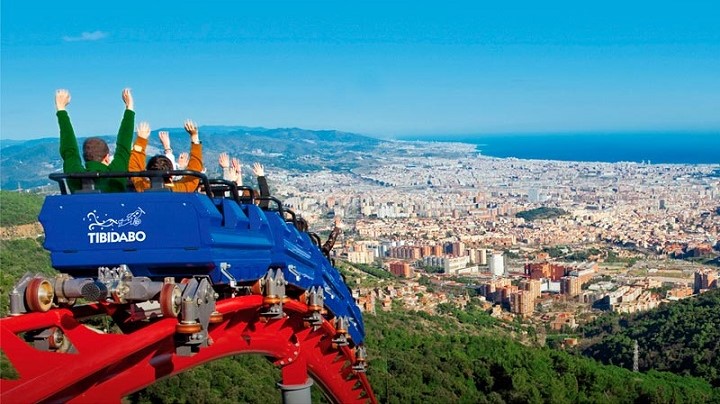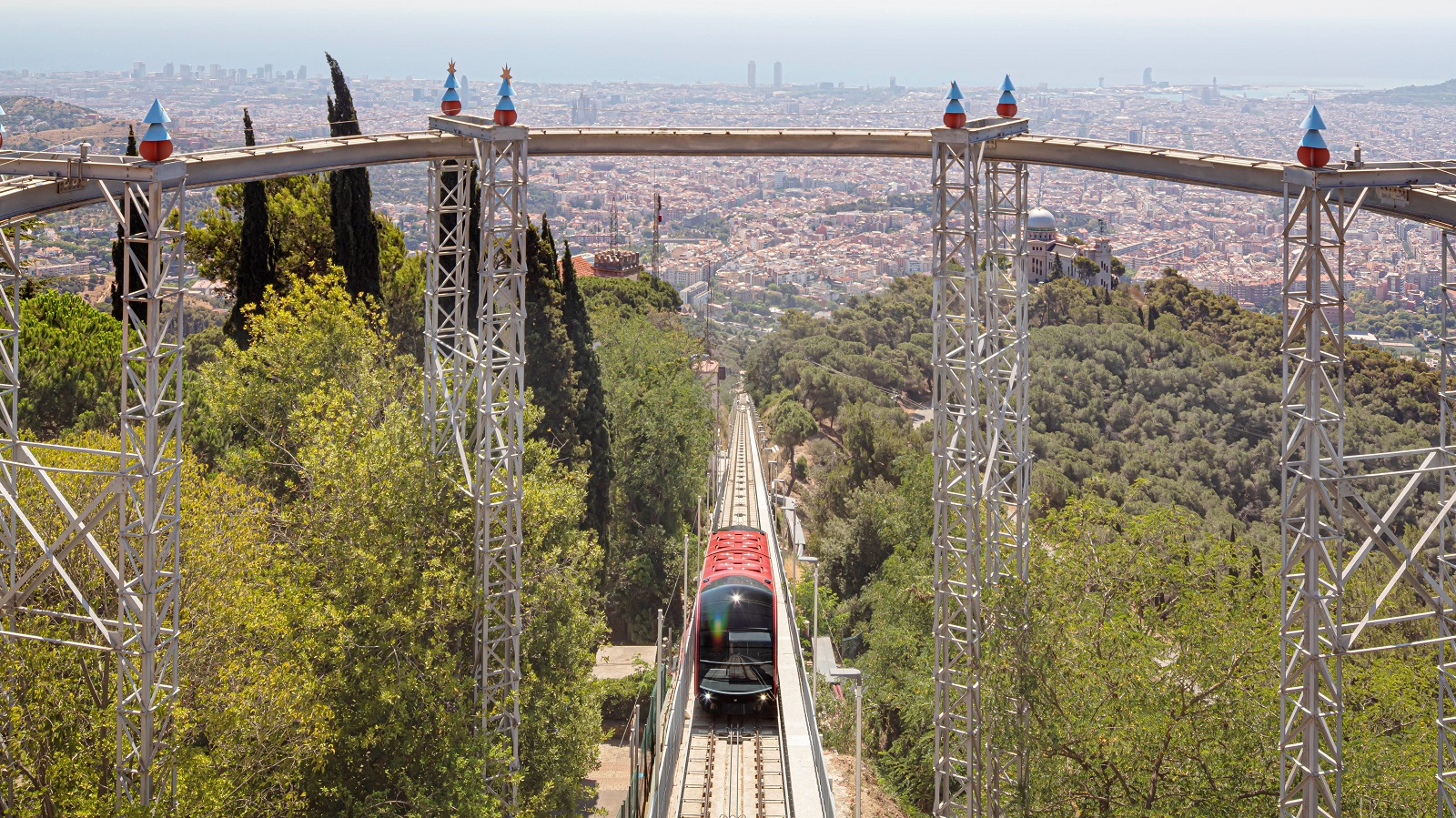History
The Tibidabo
In the city of Barcelona we find the Tibidabo mountain which is part of the Collserola mountain range and is its highest peak (512 m). With an extension of 17 km long and 6 km wide, this range is located between the Besòs and Llobregat rivers and is part of the Catalan Coastal Range. Collserola is a magnificent natural site made up of a forest mass of about ten million trees where a great variety of mammals, reptiles, amphibians, etc. live.
But this immense space, considered today one of the largest metropolitan natural parks in the world, has not always been so appreciated and visited by the inhabitants of the city of Barcelona. One of the fundamental causes was the remoteness and lack of communication, which turned it until the end of the 19th century into a space almost reserved for hikers, shepherds or the inhabitants of the few buildings that hid its interior.
To find the first connection between the mountain and the city of Barcelona, we must go back to 1283, when King Peter II "the Great" (Peter III of Aragon) designated it as one of the city limits. During the medieval period it was known as Puig de l'Àliga, but it would not be until the 16th century when the monks resident in the monastery of Sant Jeroni called it as we know it today: Tibidabo, a word taken from the Gospel of Saint Matthew, formed by the words tibi and dabo, which mean "I will give you".
Construction of the Amusement Park
In 1886, the first stable construction was built on the summit, which consisted of a small chapel dedicated to the Sacred Heart. Two years later and on the occasion of the Universal Exhibition, the last stretch of road to the Amusement Park was opened, where an Arab-style pavilion would be erected to accommodate Queen Maria Cristina during her visit. But the definitive impetus for the urbanization of Tibidabo would come from 1899, promoted by Salvador Andreu i Grau, an intuitive and enterprising pharmacist who wanted to bring that mountain closer to the people of Barcelona forever with the creation of a tramway, a funicular and a large amusement park.
Society
On February 20, 1899, the Societat Anònima El Tibidabo was established, which included personalities of the time such as Messrs. Ròmul Bosch and Alsina, Romà Macayà, Francesc Simón, Teodor Roviralta and Salvador Andreu himself. The land acquired went from the current Paseo de Sant Gervasi to the top of the Tibidabo Amusement Park, and among the various projects the urbanization of the lower part stood out, with the creation of a garden city with an avenue like this central, a tramway and a railway-funicular that would communicate with the summit of Tibidabo, where a leisure center would be installed.
The works began in the middle of 1900 and with them began a metamorphosis of the mountain that would later consecrate it as a true pole of tourist attraction. On October 29, 1901, the avenue, the tram and the funicular were inaugurated (the first of these characteristics in the Spanish State, the work of the engineer Bonaventura Roig).
The response of the inhabitants of the city of Barcelona was enthusiastic; for the first time they could access comfortably and quickly to the top of the city and enjoy exceptional and almost unknown views. Although the first visitors corresponded mostly to the elite class, little by little the Amusement Park became popular and the first amusements, events and shows, as well as cafés and restaurants, emerged.

